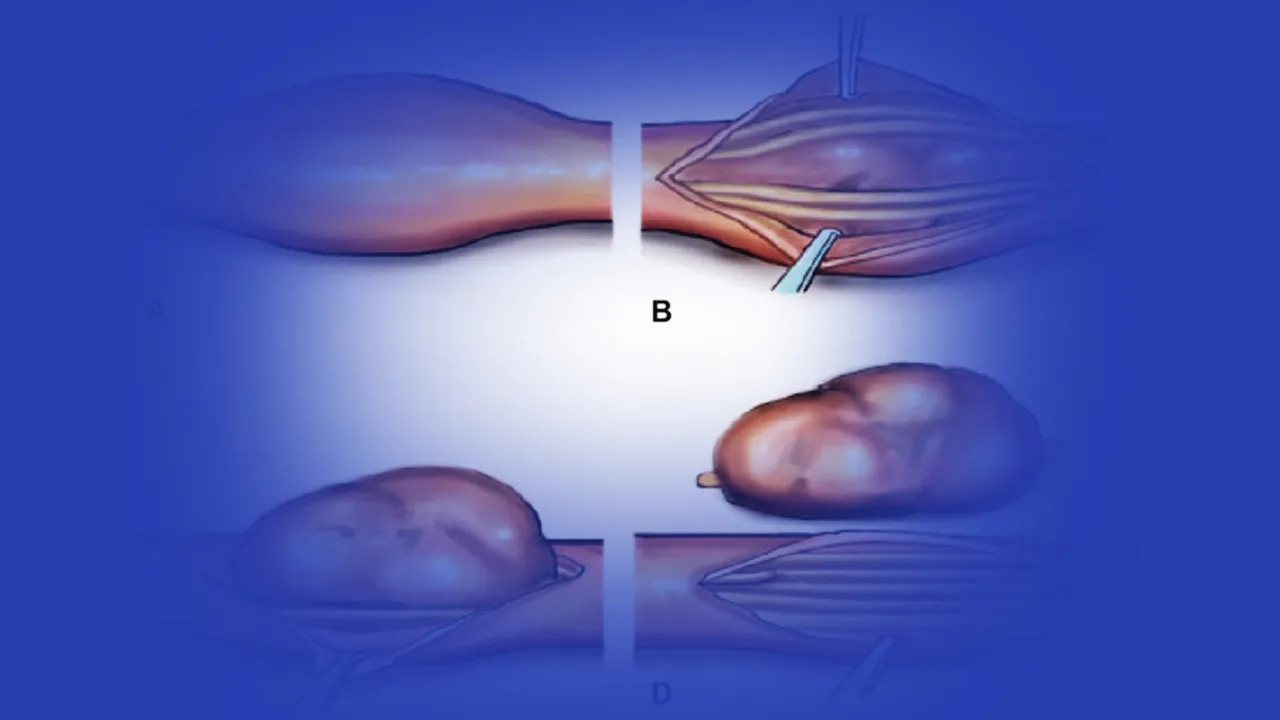A schwannoma is a type of tumor originating from Schwann cells responsible for producing the protective covering (myelin sheath) around nerve fibers. These tumors are usually benign (noncancerous) and primarily found in the peripheral nerves, such as those in the head, neck, or limbs. Schwannomas can occur sporadically without any specific cause or can be associated with a genetic disorder called neurofibromatosis type 2 (NF2).
Symptoms of schwannomas vary depending on their size and location. They can present as a painless, slow-growing lump or mass. They can also cause compressive symptoms such as pain, numbness, tingling, weakness, or limited mobility if they press on a nerve or nearby structures.
Diagnosing a schwannoma typically involves a combination of medical history review, physical examination, and imaging tests such as MRI or CT scan. Sometimes, a biopsy may be necessary to confirm the nature of the tumor.
Treatment options for schwannomas depend on several factors, including the size, location, and symptoms caused by the tumor. A “watch and wait” approach may be adopted if the tumor is small and not causing significant symptoms. Surgical removal is the primary treatment for most schwannomas. The goal is to completely remove the tumor while preserving nerve function as much as possible. If complete removal is not feasible without damaging critical nerves, partial removal may be considered.
The prognosis for schwannomas is generally favorable, as most are benign and slow growing. However, there is a slight chance of recurrence following surgery. Regular follow-up visits with a healthcare provider are essential to monitor potential changes.
A schwannoma is a benign type of tumor originating from Schwann cells responsible for producing the protective covering (myelin sheath) around nerve fibers and is associated with a genetic disorder called neurofibromatosis type 2 (NF2). They could be asymptomatic masses or present with compressive symptoms such as pain, numbness, tingling, weakness, or limited mobility. Diagnosis is made by medical history, physical and neurological exam, imaging, and biopsy. Based on the location, surgery is the treatment of choice.

Comments are closed.